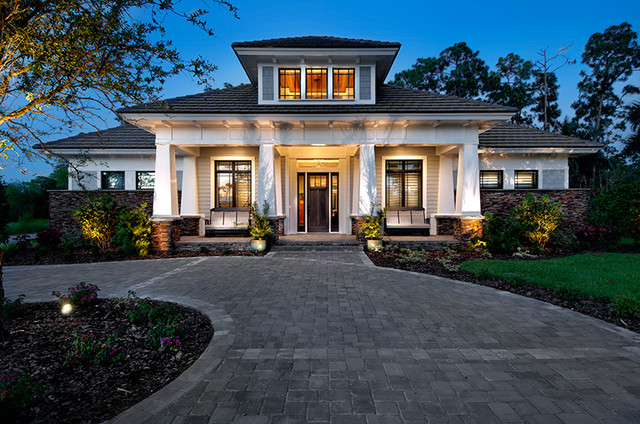
Providing as much information on a project listing as possible is a great way to show potential clients you know what you’re talking about when it comes to interior design. Include a link to your website, a description of the project (what the brief was and how you achieved the finished look) and relevant keyword tags relating to styles, trends and products etc. If you’re struggling to think of a title for the project, simply use the location and project type (commercial, residential etc.)įor each project, make sure you fill out all the fields Houzz provides you with these include vital pieces of information and will not only help you show up in Houzz, but in search engine results, too. When uploading projects to Houzz, make sure to name them – this looks much more professional, and can appear lazy if you don’t. Take a look at your image, look at the interior style, colours, property type and make sure the image file is suitably and uniquely named. If you leave the file name as DSC567, there is no chance of it showing up in search engine rankings (outside of Houzz).
#HOUZZ HOME DESIGN PROFESSIONAL#
So, if you do not possess the qualities of a professional photographer, hire one to shoot your projects – it will pay off!īefore saving photos to Houzz, optimise the file names to include suitable keywords for each image.

As mentioned previously, Houzz is a very visual platform users visit Houzz to seek inspiration and they will not find inspiration in images you shot on your camera phone in dim lighting. Many Houzzers only upload a handful of images, that haven’t been shot professionally and are very low res. The second step to Houzz success is to upload your projects. If you fill out your profile with plenty of information about your business, you are more likely to make potential clients see you are the perfect interior designer for them. You should also list the services you currently offer and the locations you serve, as this may prevent any questions from individuals you are unable to assist.Īdditionally, there are sections for you to fill out regarding the average cost per project and, most importantly, contact details. Your Houzz profile should include a little background about yourself – your story, your interior designer experience and your main skills. Your profile is the first impression you provide potential clients with, and the only way to turn these potential clients into actual or repeat clients is to supply them with all the information they require to make a decision.

The first step in using Houzz for marketing which so many people don’t complete, is to fill out your Houzz profile. In this article, I’m going to provide you with eight easy steps you can take to utilize Houzz as a marketing tool for your interior design business.
#HOUZZ HOME DESIGN HOW TO#
‘ But how to use Houzz for marketing my business?’ I hear you say. Regardless of your interior design niche, whether it be kitchen design or space planning, Houzz is a great way to promote your business, show off your portfolio and gain new clients. The heavily-image based platform provides homeowners with tons of home inspiration, the ability to shop for homeware and the opportunity to find an interior design professional – all in one place! Houzz is essentially the one-stop-platform for anyone who is looking to renovate their home – so all of your potential clients. If you are an interior designer and haven’t yet signed up for a Houzz account – what have you been doing with your time? Social media marketing is vital for any business, and setting up a Houzz (pronounced ‘Howz’) profile should be top of the list for interior designers.Ī hybrid social media/inspirational directory, Houzz’s aim is to connect homeowners with the correct home professional for their needs.


 0 kommentar(er)
0 kommentar(er)
